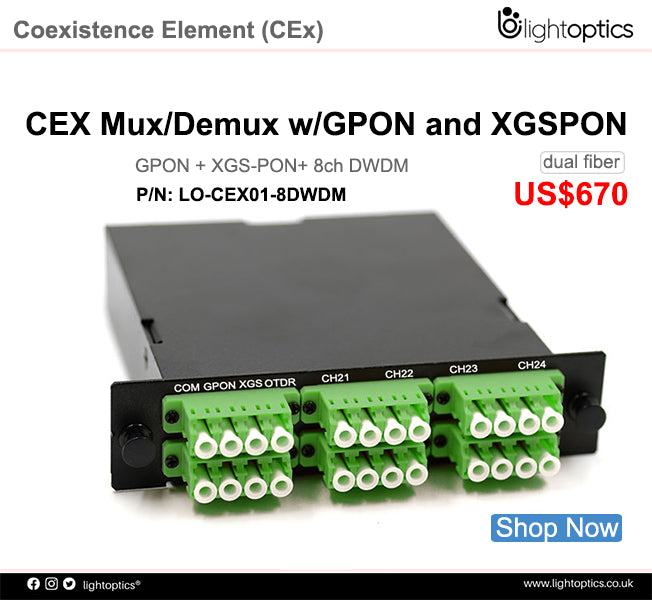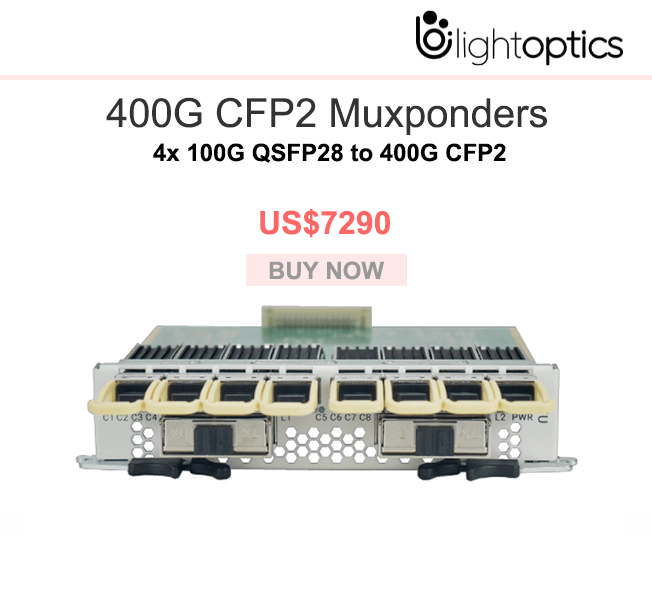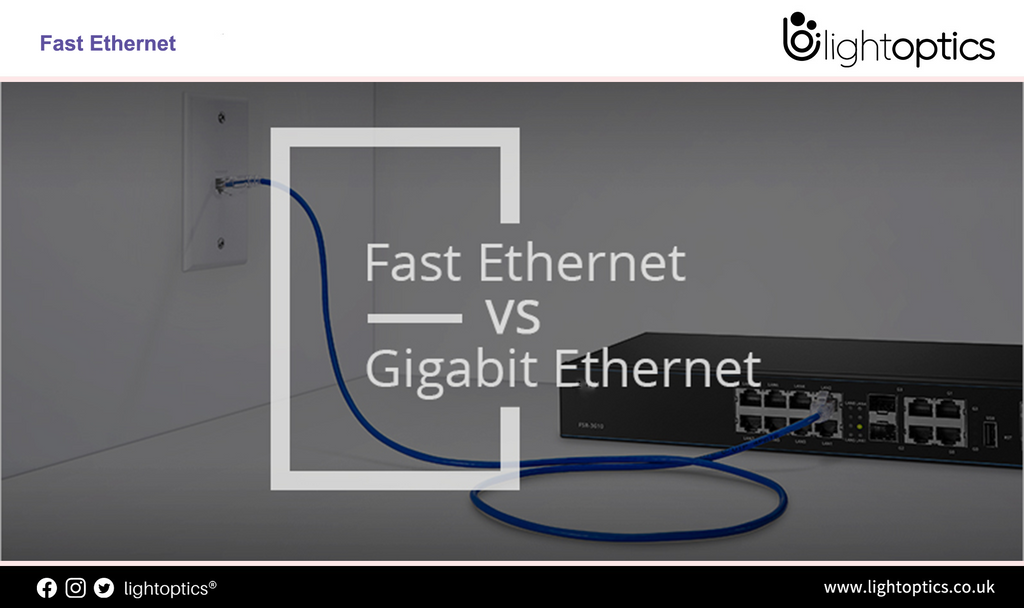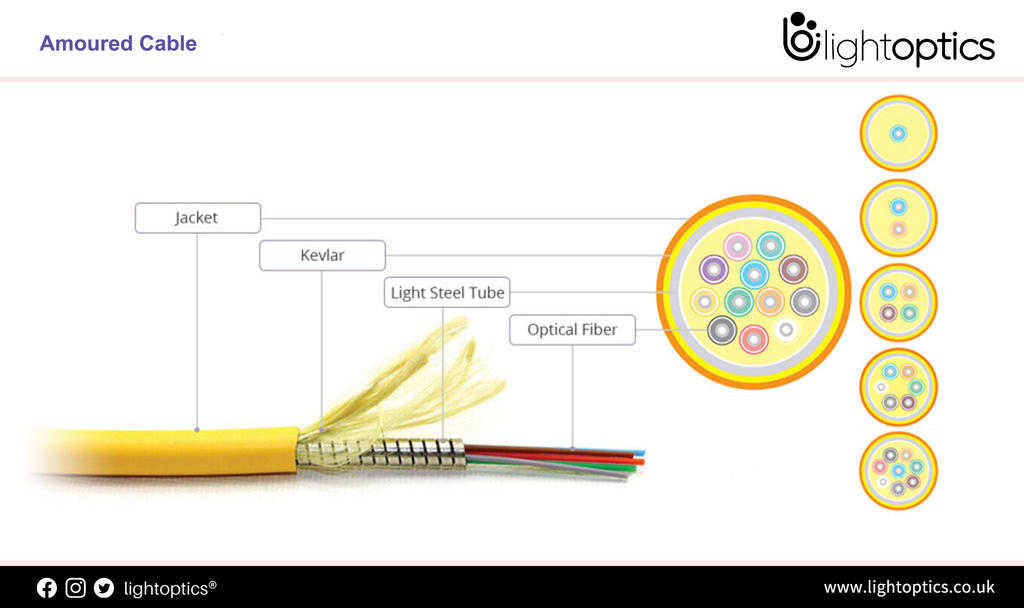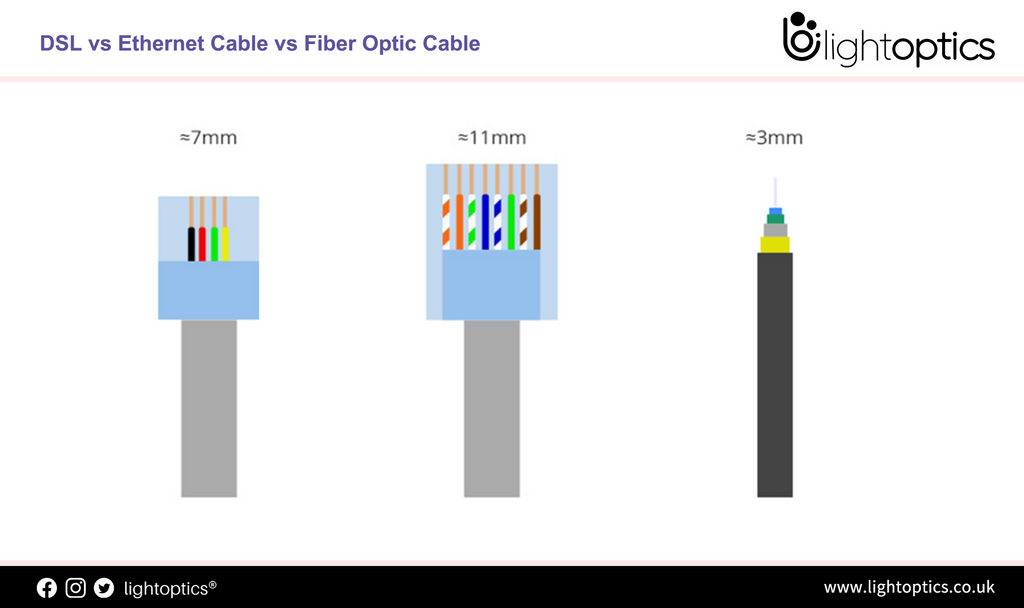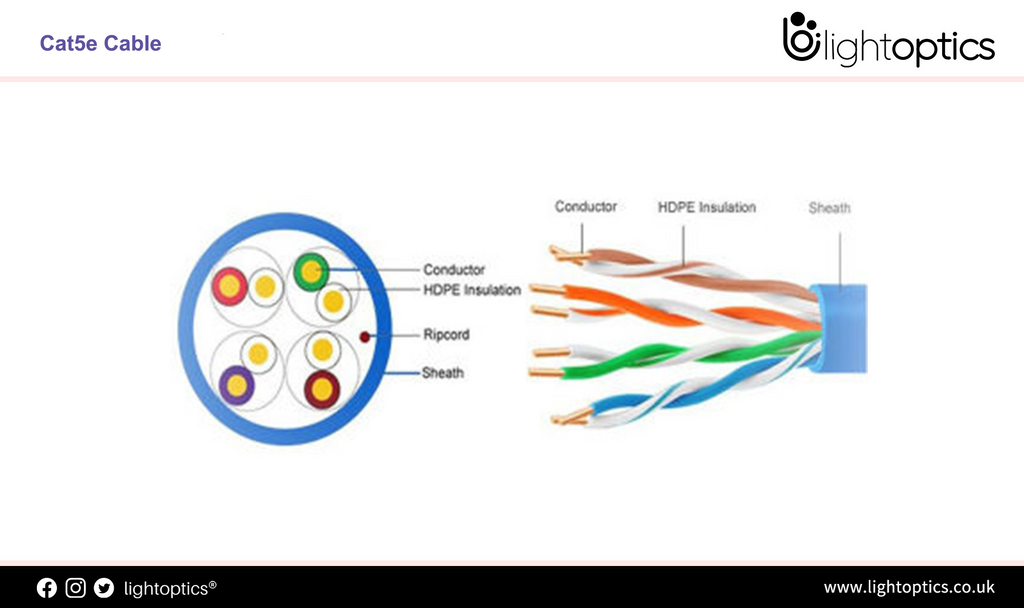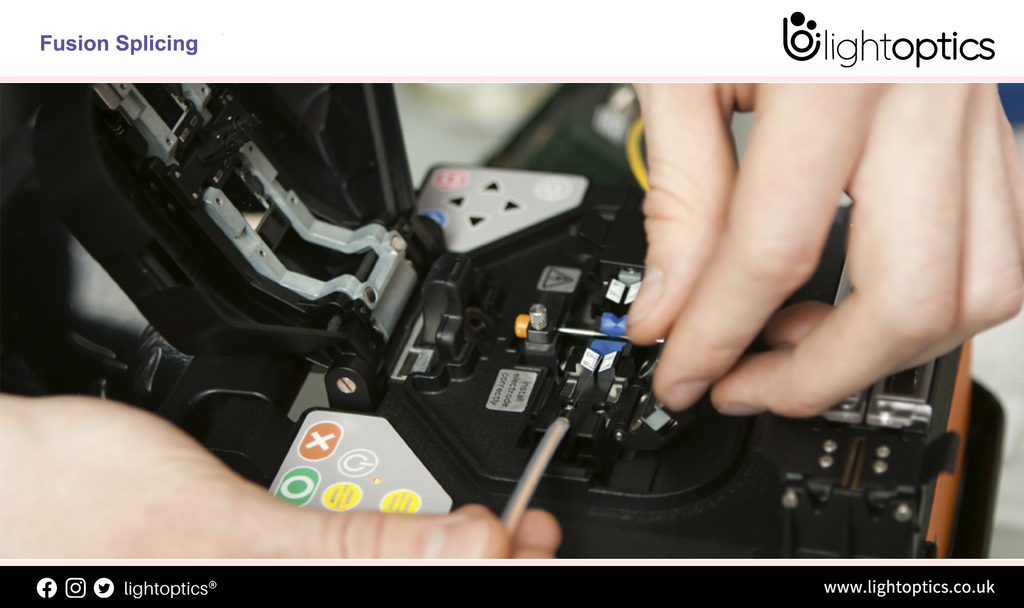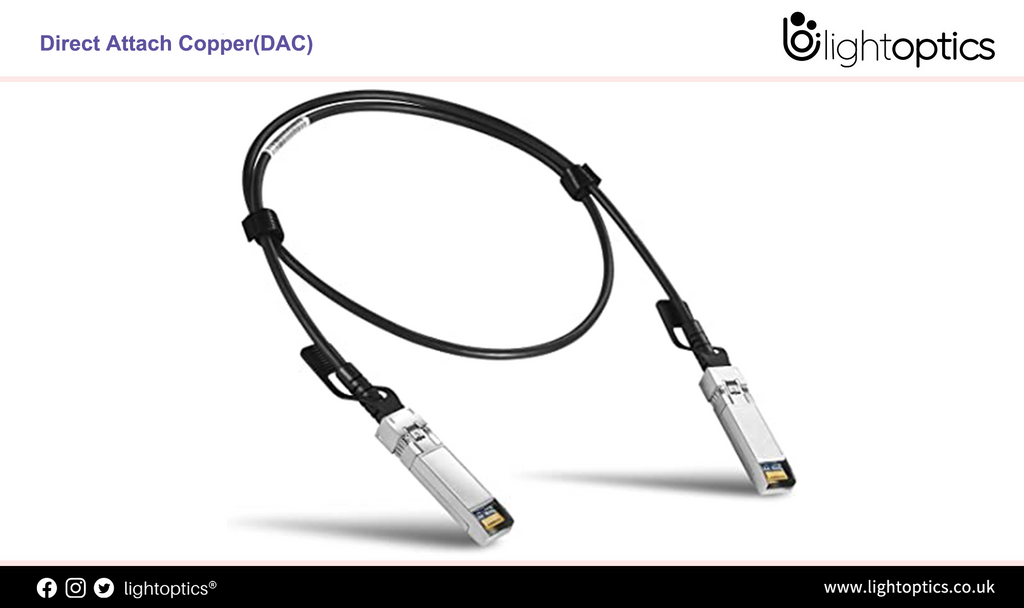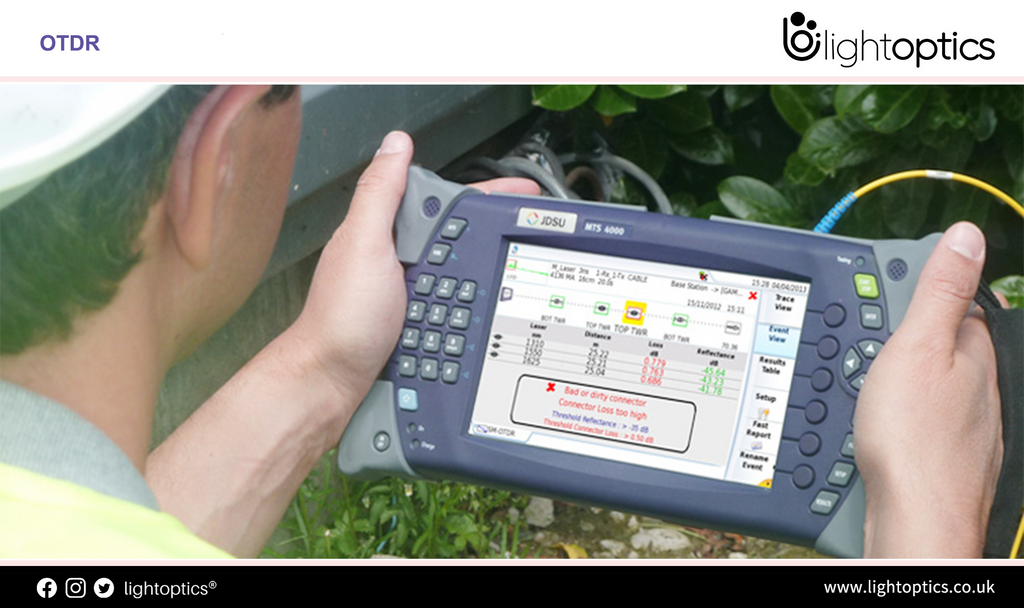-
Difference between Fast Ethernet and Gigabit Ethernet
Difference between Fast Ethernet and Gigabit Ethernet Ethernet is a network communication protocol designed to link network appliances, switches, and routers. Ethernet functions in a wired or wireless network, including wide area networks (WAN) and local area networks (LAN). Advancement in Ethernet technology resulted from various network needs such as system application to both large and small platforms, security issues, network dependability, and bandwidth... -
Armoured Cable vs. Unarmoured Cable: What’s The Difference?
Armoured Cable vs. Unarmoured Cable: What’s The Difference? With the rapid development of optical communication, in various environments, more and more fiber optic cables are being used. What if in harsh circumstances? Then ensuring that your cables are operated smoothly and reliably when transmitting data is crucial. That’s where the armored cable comes in. An armored cable is protected from mechanical damage, as its... -
DSL vs Fiber vs Cable Internet: How to choose?
DSL vs Fiber vs Cable Internet: How to choose? Nowadays, the Internet plays an important role in personal and business usage. Internet providers continue to enhance their infrastructures, providing different internet services. Before deploying the internet, you need to determine what kind of internet connection suits your needs. In this post, our focus will be on fiber vs. Etherner cable vs. DSL, the three... -
How much do you know about Cat5e Cable?
How much do you know about Cat5e Cable? Network cables like Cat5, Cat5e and Cat6 are widely used in our network. Various Ethernet network cables are being invented. They can support different transmission distances and applications. Cat5e cables can support 1000base-T transmission up to 100 m, which meet the requirements of various applications in our home, office and data center. It has better performance... -
Fusion Splicing vs Mechanical Splicing:Fiber Optic Cables Solutions
Fusion Splicing vs Mechanical Splicing:Fiber Optic Cables Solutions Introduction to Fiber Optic Splicing During the actual operation of fiber cables, fiber optic splicing is often needed to achieve the connection between optic fibers. To be specific, fiber optic splicing is a process to combine the ends of optic fibers together. And only one end of each individual fiber is required. There are mainly two... -
What’s Direct Attach Copper(DAC) Cable? Why choose?
What’s Direct Attach Copper(DAC) Cable? Why choose? Driven by demand for higher speed fiber cables, network cabling has gone through great changes over the years. Cat5e copper cabling and 1000BASE-T have dominated data center interconnection application for years. However, SFP cable becomes a new favorite with less cost and lower power consumption, which is a form of the high-speed cable with pluggable connectors on... -
How to manage Power Cord in a rack?
How to manage Power Cord in a rack? Power cords are widely used in data centers and server rooms to power various electronic loads and computer equipment. From the looks of them alone, you may find power cords with various plugs and sockets confusing. Not to mention that each application is also very different. So how do you identify power cords and organize them in... -
How to Choose a Perfect OTDR?
How to Choose a Perfect OTDR? The past few years have witnessed the boom in optical fiber being used in the network communication industry. In order to make sure that the fiber network is reliable and accessible, a more accurate and faster methodology for assessing the integrity of the infrastructure is indispensable. Therefore, it is essential to choose the right fiber optic testing tool/device:...
Customer Service: sales@lightoptics.co.uk
Shopping Cart
0
Close
Your Cart
Your cart is currently empty.

















